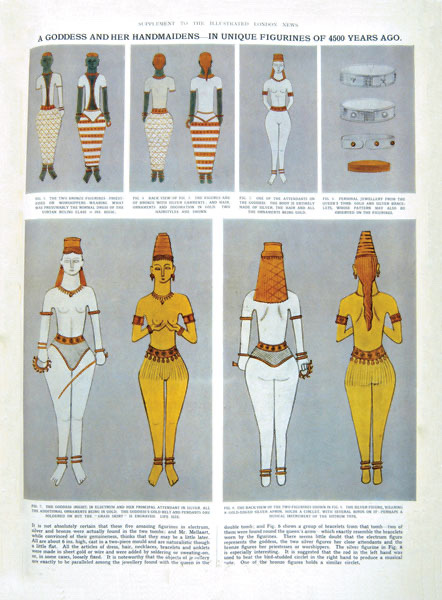#respected archaeologist who decides to literally pull a ‘source: just trust me bro’
Explore tagged Tumblr posts
Text

-> “The Dorak Affair, or the Girl on the Train”
Why would Turkish officials close down one of the most important and productive excavations in the entire world? Because of the Dorak Affair.
According to (James) Mellaart, in the summer of 1958, just a few months before he found the great mound of Catalhoyuk, he took a train from Ankara, where he worked for the British Institute of Archaeology, to Izmir, on Turkey’s Aegean coast. A young woman walked into his compartment and sat across from him. “She was very attractive, in a tarty way,” Mellaart later told the reporters Kenneth Pearson and Patricia Connor, who related the incident in The Dorak Affair (1967).
The woman was wearing a solid gold bracelet, which Mellaart recognized as dating to the Bronze Age; she told him her family had a substantial collection of such objects, and she invited him to her home in Izmir. Mellaart accepted.
It was evening when the train arrived in Izmir, Mellaart recalled. All he could remember was that they took a taxi to a ferry to a taxi to the home of the woman, who told Mellaart that her name was Anna Papastrati and that she lived at 217 Kazim Dirik Street. Anna showed Mellaart a chest of drawers full of objects and old photographs of two tombs she said her family had excavated near the village of Dorak between 1919 and 1922 (when Greek forces occupied northern Turkey after World War I). Mellaart ended up staying several days in Anna’s house, making drawings of the artifacts and copying the notes written in Greek on the photos.
The hoard consisted of dazzling objects of gold, silver, lapis lazuli, amber, marble and obsidian: scepters, bracelets, daggers, swords, ax heads and vessels (including a lovely two-handled gold drinking cup). The collection also included fragments of a sheet of gold that had once covered a throne; an inscription on the sheet in Egyptian hieroglyphics referred to Sahure, the second pharaoh of Egypt’s 5th Dynasty (2450–2325 B.C.). Mellaart surmised that the throne was a gift of the Egyptian pharaoh Sahure to the occupant of the tomb, a ruler of the Yortan culture that bordered Troy in the mid-third millennium B.C.
Although Anna Papastrati promised to send Mellaart pictures of the objects, she never did. But she did send him a letter—dated October 18, 1958—giving him permission to publish the drawings. Mellaart published a brief article on the “finds,” one page of text followed by three pages of his drawings (all shown here), in the Illustrated London News (November 29, 1959).



Once Turkish antiquities officials learned about Mellaart’s article, they immediately began an investigation into the Dorak treasure. But they could find no trace of either the treasure or Anna Papastrati, who seemed to have fallen off the face of the earth. In May 1962, Turkey’s second-largest newspaper, Milliyet, ran an exposé accusing Mellaart of masterminding a smuggling ring that had spirited the Dorak treasure and other antiquities out of Turkey. The Milliyet article set in motion another round of investigations, which, although nothing new was learned, led to Mellaart’s being denied permission to dig in Turkey until “the Dorak affair was cleared up” (to quote a 1964 document issued by the antiquities department).
Unfortunately, it never has been cleared up. So what happened?
Published as a sidebar to “Discovering Catalhoyuk,” by Michael Balter, in Archaeology Odyssey, May/June 2005.
Very important context: after Mellaart died, it was discovered that he had an entire workshop dedicated to making forgeries. It’s still unknown exactly how many of his “discoveries” are authentic and how many were forged. This man did an unquantifiable amount of damage to the field of Ancient Anatolian archaeology, a field that already is often overlooked and under-appreciated when compared to fields like Classical and Egyptian archaeology.
My personal belief is that the Dorak horde was entirely concocted and never existed in the first place. It’s been pointed out that in the so-called letter from Anna, she misspells her own supposed street name and uses many of the same writing patterns as Mellaart’s wife, Arlette. It all points to one big farce, including Mellaart’s comments about how attractive Anna was and how she seemed romantically interested in him but he totally ignored her advances. He likely concocted the entire story because he was anxious about his career (and couldn’t help throwing in a little ego-stroking). The fact that it got him in trouble with the Turkish government was just an unintended (but to me, karmic and very funny) consequence.
#respected archaeologist who decides to literally pull a ‘source: just trust me bro’#‘in a tarty way’ barf.#archaeology#james mellaart
1 note
·
View note